
Swedish Ardennes
- Home
- Our work
- Farm animals
- Nordic native breeds
- Swedish Ardennes
Origin: Sweden
Native name: Svensk Ardenner
Weight: 500-800 kg or more
Height: 152-162cm (mare), 155-165cm (stallion)
Appearance: Brown, chestnut, black, silver brown/black and variants of grey, tan or roan
Type: Medium sized working horse
Number of mares in Sweden, 2018: approximately 700
Number of covered mares in Sweden, 2020: 301
Number of born foals in Sweden, 2020: 159
Not at Risk – Vulnerable – Endangered – Critically Endangered – Extinct
All photos by Avelsföreningen Svenska Ardennerhästen.
Background
The first Ardennes stallions were imported to Sweden by Count C. G: Wrangel in 1873, these were followed by a pair of mares in 1874. The horses came from south-eastern Belgium, which is considered the origin of the Ardennes horse. The horses were small and hardy and were previously praised by Napoleon since they were more robust during the war compared to other breeds.
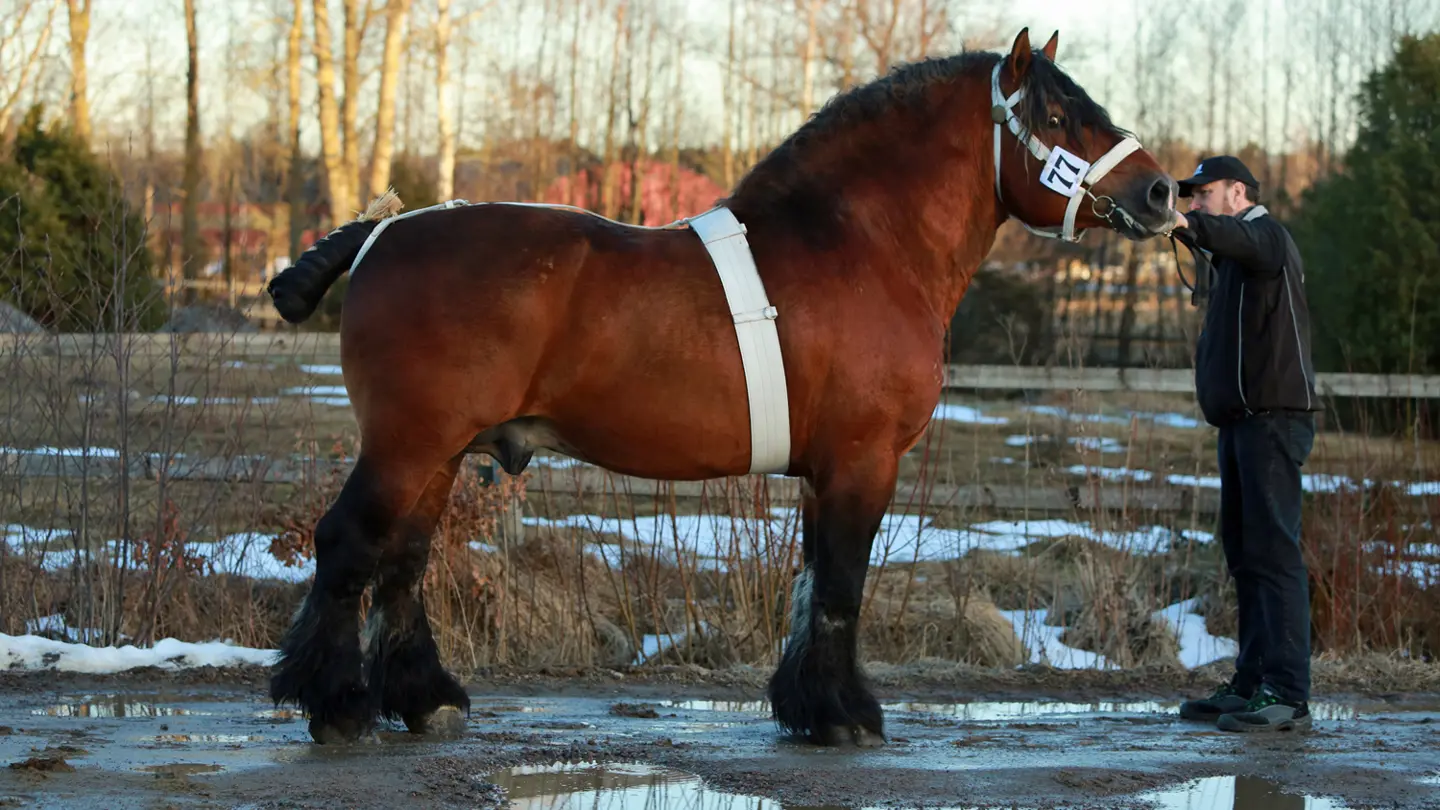
Based on the characteristics of the Ardennes horse, and a positive result after crossbreeding with the already existing landrace horse in Sweden, the Ardennes was quickly adopted to pull heavy machines – especially in the south and middle of Sweden. In the northern regions, crossbreeding did not give as promising results, which is why they chose to preserve the pre-existing breed – the North Swedish horse. Unfortunately, the Swedish Ardennes horse population declined due to the modernization of agriculture and has become an endangered breed.
Breed conservation activities
Preservation of traditional landrace breeds already began in the 1970s. For instance, it was decided that the direct responsibility for genetic conservation would lie with each country. In Sweden, this responsibility was appointed to the Swedish Board of Agriculture. Further, it was also decided that Nordic cooperation in the area would be carried out by a professional group under the Nordic Council of Ministers.
In 1978, the government in Sweden made an inquiry into domestic animal breeds and methods for preservation and utilization of their genetic resources. In addition, it was also decided that finance should be provided to the Nordic Gene bank for Farm Animals, although the actual efforts did not begin until 1984. The main focus for Sweden used to be on preserving threatened national endangered breeds, but this has changed to include national breeds that are used commercially.
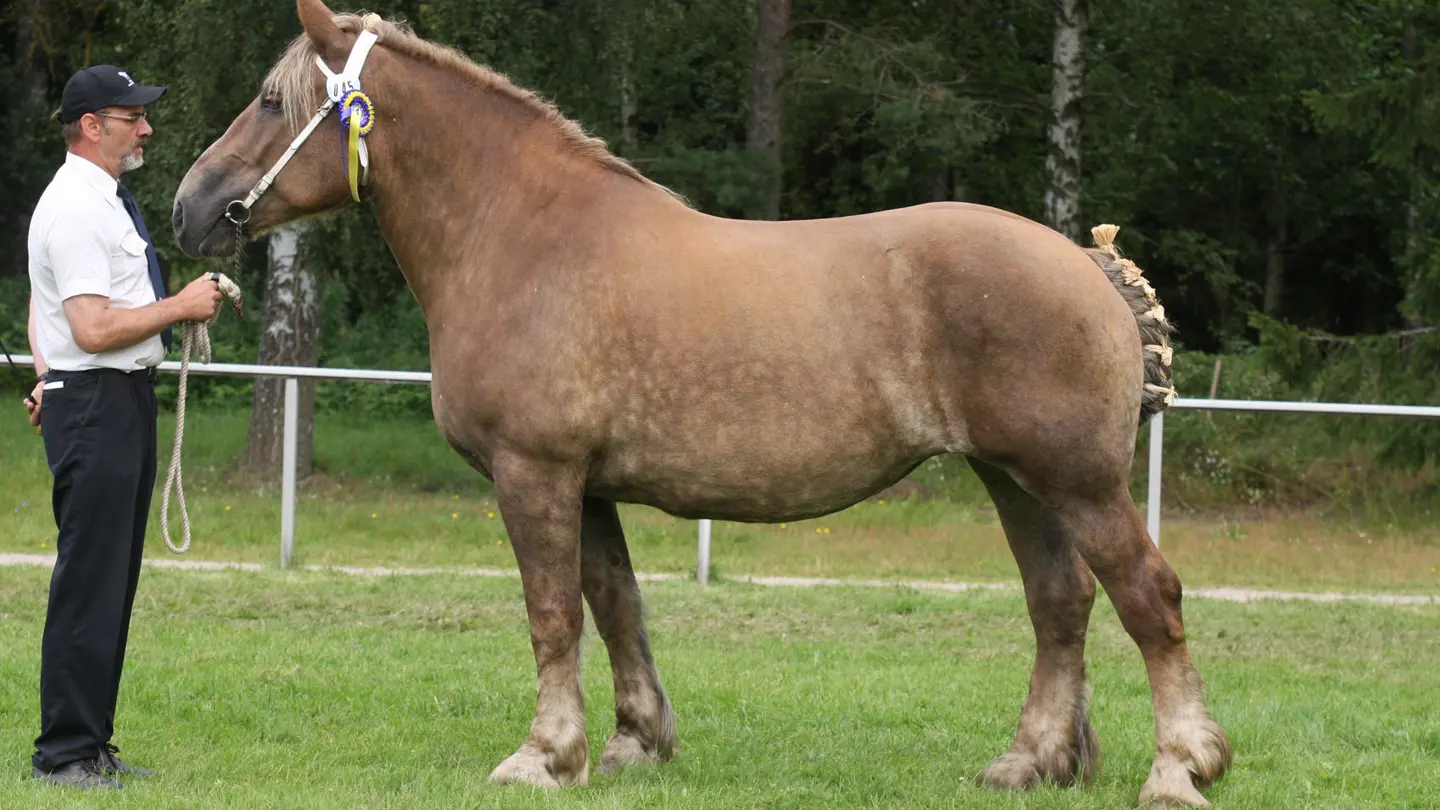
Presently, the Swedish Board of Agriculture has the overall responsibility for the preservation of the Swedish Ardennes. The responsibility for practical breeding belongs to the breeding organization: Avelsföreningen Svenska Ardennerhästen. Strict policies are in place for qualification to register into the stud book for this breed. For instance, for a stallion to be registered in the national stud book, five full generations of Ardennes descent are required, where all parents are registered in the stud book, and DNA testing is mandatory. Furthermore, previous coverings and foals are registered to ensure that no detrimental defects are inherited. Similarly to stallions, mares are also required to descend from five full generations of Ardennes to qualify for registration, and all the sires must be listed in the studbook. The association is also very committed to the work of spreading awareness of the breed to the public.
Characterization of the breed in science
Research activities that focus on genomic characterizing of the breed is ongoing (read more about the project NaNoHorse). Characterization is an important part of conservation efforts concerning breeds such as the Swedish Ardennes, because it provides insight into characteristics unique to the breeds that can be used in the future.
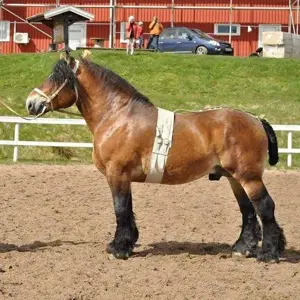
Based on a systematic study carried out by NordGen (Kierkegaard et al. 2020), only five accessible studies including the Swedish Ardennes had been carried out until 2019. Three of the studies focused on molecular genetic diversity, where two of these also characterize phenotypic traits such as size, conformation, performance. The genetic variation of these traits was only investigated in one of them. Another study focused on the identification and investigation of the mutation in the glycogen synthase 1 gene (GYS1) was also carried out. This gene is responsible for type 1 polysaccharide storage myopathy (PSSM), which can cause muscle pain, cell damage and muscle decline, thus leading to poorer welfare and performance of the horse. Identifying horses in the Swedish Ardennes population with mutations like these could be vital to ensure future welfare and sustainable management of the breed. Therefore, continuing to investigate and categorize traits in the breed remains crucial to improve our knowledge of the breed, which will, in turn, allow us to establish better strategies for its future conservation.
The Swedish Ardennes an important part of Sweden’s cultural heritage which is why it remains important to develop historical knowledge about both breed development and significance for humans as this will shed light on our own societal development.
Fun facts
The first stallions that were imported to Sweden were named Ardenne, Faro and Railleur, while the mares were named Rigolette and La Mére. These horses formed the basis of the oldest Ardennes stud farm in Sweden.
Breed association
References
Avelsföreningen för Svensker Ardennerhästen (2018). Avelsprogram. För svenska ardennerhästen. Antaget av AFSA:s styrelse 2018-09-21. Bilag 1 Avelsprogram.
Baird, J., Millon, L. V., Dileanis, S., Penedo, M. C. T., Charlesworth, A., Spirito, F. & Meneguzzi, G. (2003). Junctional epidermolysis bullosa in Belgian draft horses. Proceedings of the American Association of Equine Practitioners 49, 122–126.
Baird, J., Valberg, S. J., Anderson, S. M., McCue, M. E. & Mickelson, J. R. (2010). Presence of the glycogen synthase 1 (GYS1) mutation causing type 1 polysaccharide storage myopathy in continental European draught horse breeds. Veterinary Record 2010(167), 781–784. doi:10.1136/vr.c3447.
Gustafsson, S., Nord, M. (2010). Bevara, nyttja och utveckla – handlingsplan för uthållig förvaltning av svenska husdjursraser 2010-2020. Stålhammar, E.-M., Frid, G. (Eds.) (2016). Jordbruksverket och Centrum för Biologisk Mångfald, Sverige.
Jordbruksverket (n.d.). Lantraser i genbank. Jordbruksverket, Jönköping, Sverige.
Kierkegaard, L.S., Groeneveld, L.F., Kettunen, A., Berg, P. (2020). The status and need for characterization of Nordic animal genetic resources, Acta Agriculturae Scandinavica, Section A — Animal Science, 69:1-2, 2-24, DOI:10.1080/09064702.2020.1722216
Lagerlund, Karolina (2021). Avlsrapport 2021 - Hästar och uppfödera i Sverige. Nyckeltal för svensk hästuppfödning under åren 2016 – 2020. Retrieved from: https://hastnaringen.se/ny-rapport-samlar-statistik-over-aveln-i-sverige/ (10-09-2024).
Siekas, A.-C. (2006). Populationsstruktur och genetisk analys av exteriöra egenskaper hos svensk ardenner. Other, Swedish University of Agricultural Sciences, available at: https://stud.epsilon.slu.se/11080/
Tullberg, M. (2008). Hovbroskförbening hos svenska ardennerhästen. Other, Swedish University of Agricultural Sciences, available at: https://stud.epsilon.slu.se/11765/
Viluma, A. (2012). Polymorphism in myostatin gene and athletic performance in Nordic horse breeds. Swedish University of Agricultural Sciences, available at: http://stud.epsilon.slu.se/id/file/2988345
Read more about our other native breeds
-
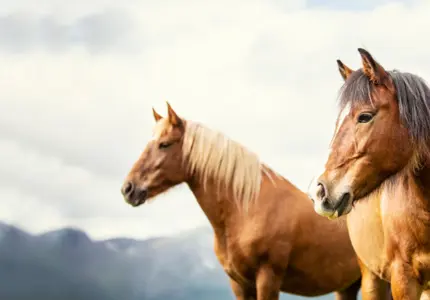
Nordland/Lyngen Horse
The first known and documented exhibition where this breed participated, was in 1898 at Lyngseidet in Troms. In the 1930s, organized breeding of Nordland/Lyngen horses started.
Read more about the breed
-
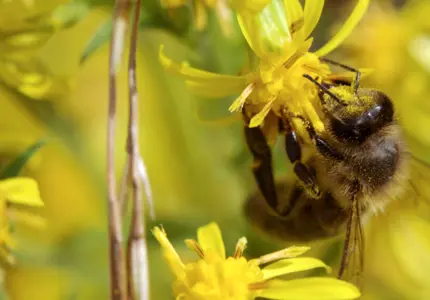
The Nordic brown bee
Honey bees are threatened by intensive agriculture, habitat loss and climate changes worldwide and are important to conserve, not only due to their honey production but also due to their pollination services.
Read more about the breed
-
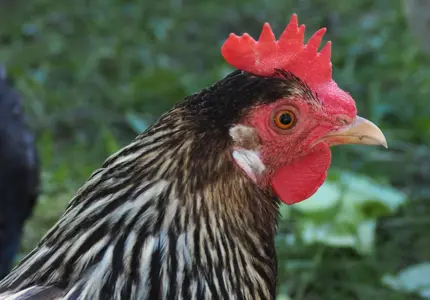
Finnish Landrace Chicken
In 1974, the agricultural advisory agency collaborated with Seiskari and published a call to find remains of the Finnish landrace chicken. As a result, one flock was found in South-East Finland. This family line was named after its geographical location as “Savitaipaleenkanta”.
Read more about the breed